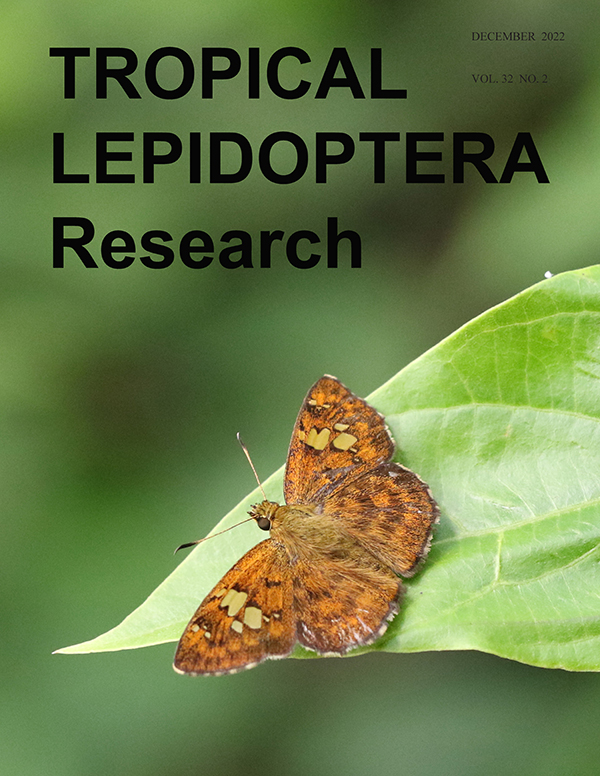Transformations of Atala: Effects of heparin on wing pattern development of the Atala Butterfly, Eumaeus atala (Lepidoptera: Lycaenidae: Eumaeinae)
Abstract
Eumaeus atala’s normal coloration, both of its brightly colored caterpillars and adult butterflies, is famous among lepidopterists and butterfly enthusiasts. The ventral hindwing pattern is characterized by iridescent markings arranged in imperfect concentric circles on a black background. In this study, injections of heparin at the early pupal stage caused a radical transformation of the wing pattern, in the first demonstration of heparin-induced phenotype alteration in Lycaenidae. Changes in wing pattern ranged from slight to dramatic, depending on the dose of this sulfated polysaccharide that was administered. The predominant effect was on the iridescent blue pattern elements of the hindwings. These experiments allowed us to propose that the markings of Atala belong to one or another symmetry system, which shed light on the homologies of pattern elements present on the wings of this beautiful iconic Florida butterfly, within the framework of the Nymphalid Groundplan and of other works on lycaenid wing patterns. Additionally, an unusual Atala specimen from our laboratory culture is illustrated, perhaps representing a mutation in which dorsal patterning is transferred, in part, to the ventral wing surface in a mosaic manner.
Downloads
Additional Files
Published
Issue
Section
License
Copyright (c) 2022 Andrei Sourakov, Matthew J. Standridge, Kristin Rossetti, Jaret C. Daniels

This work is licensed under a Creative Commons Attribution-NonCommercial 4.0 International License.

